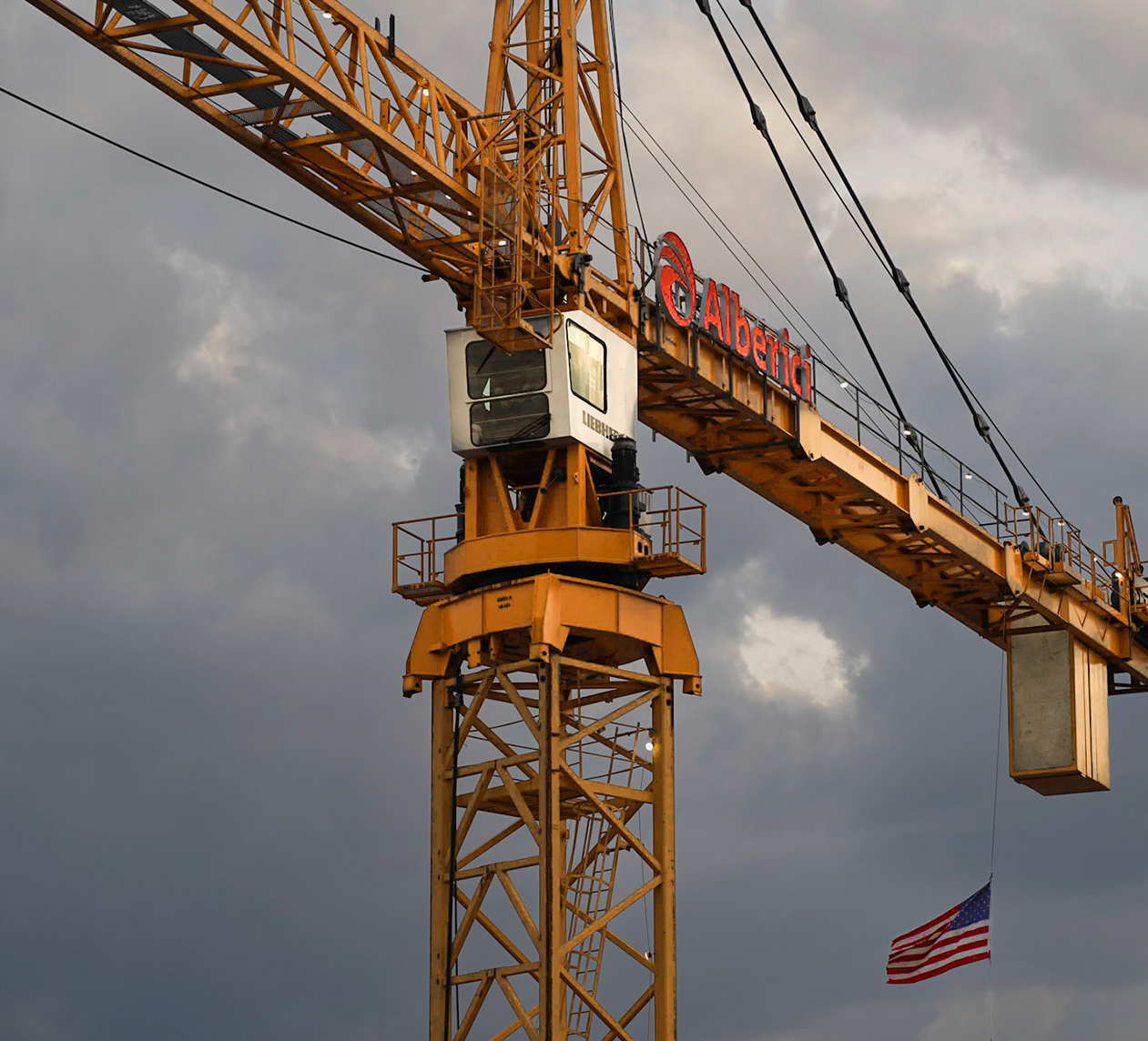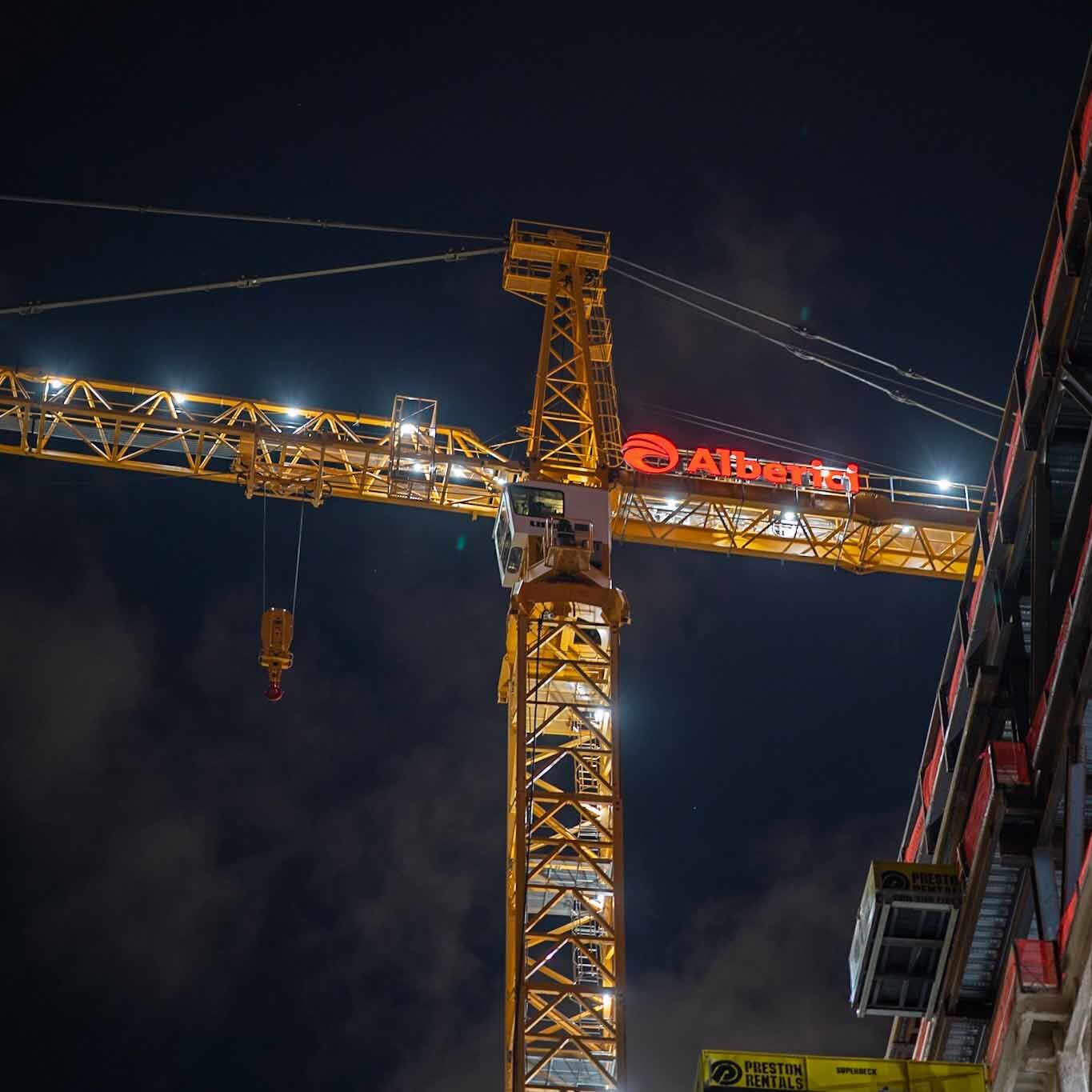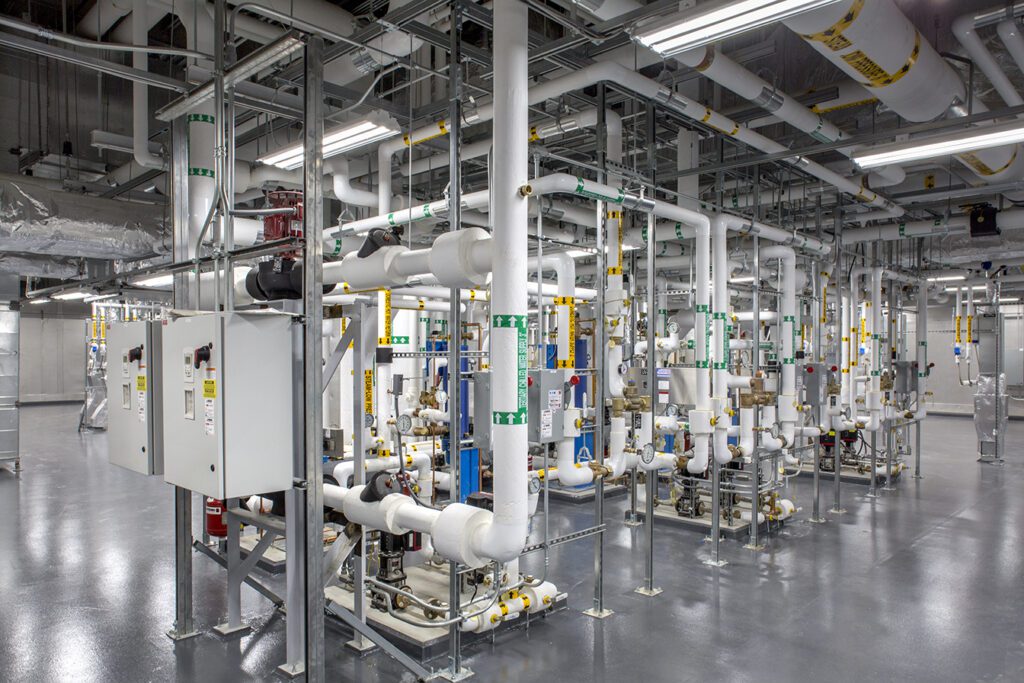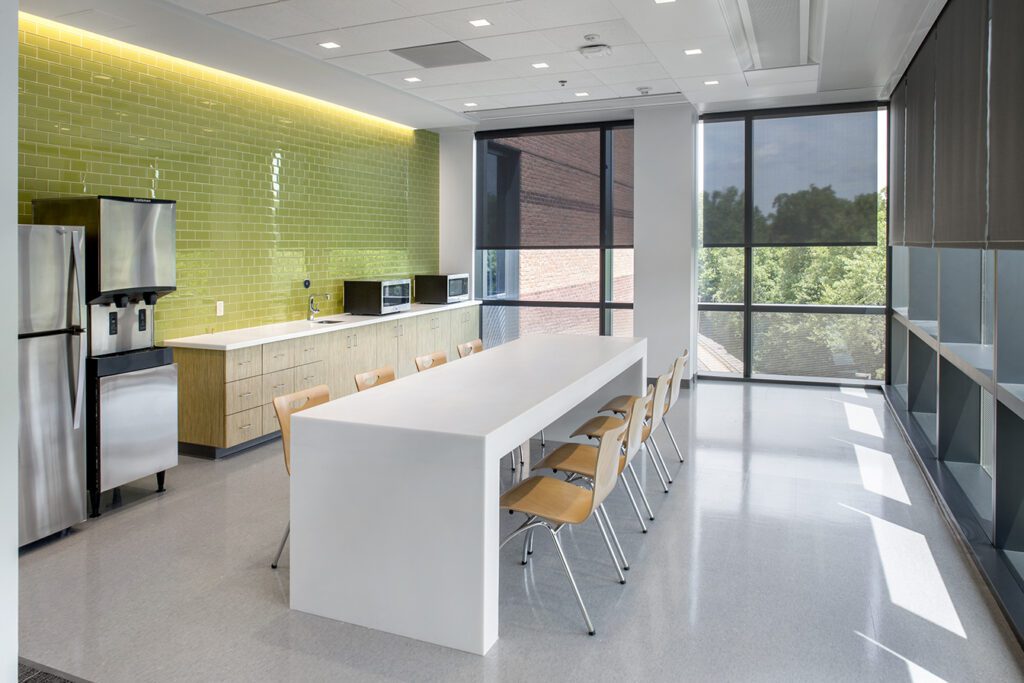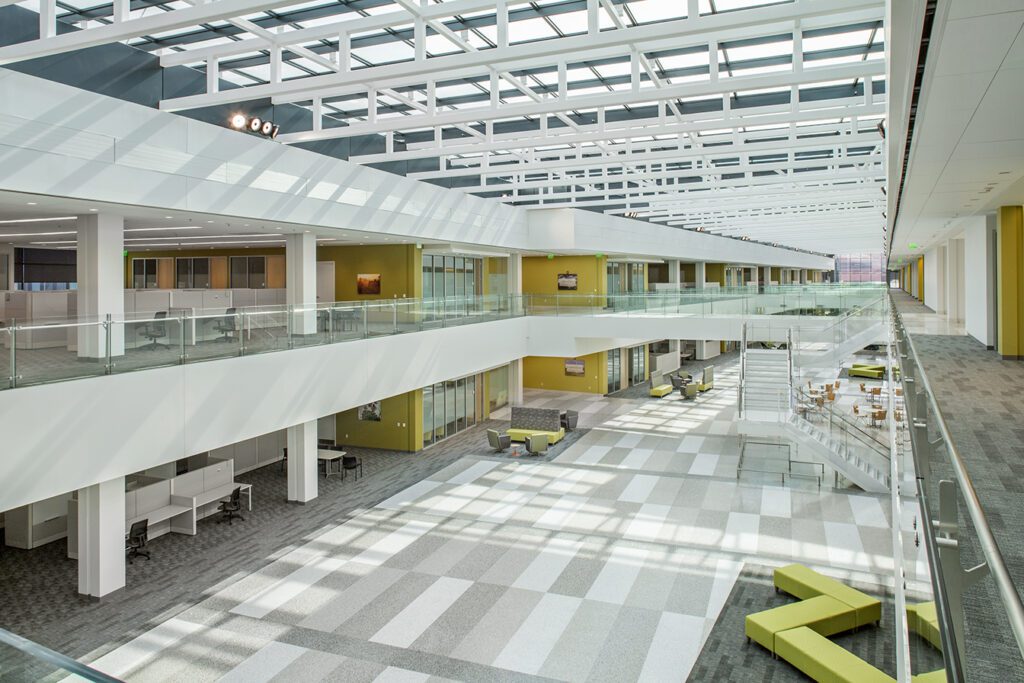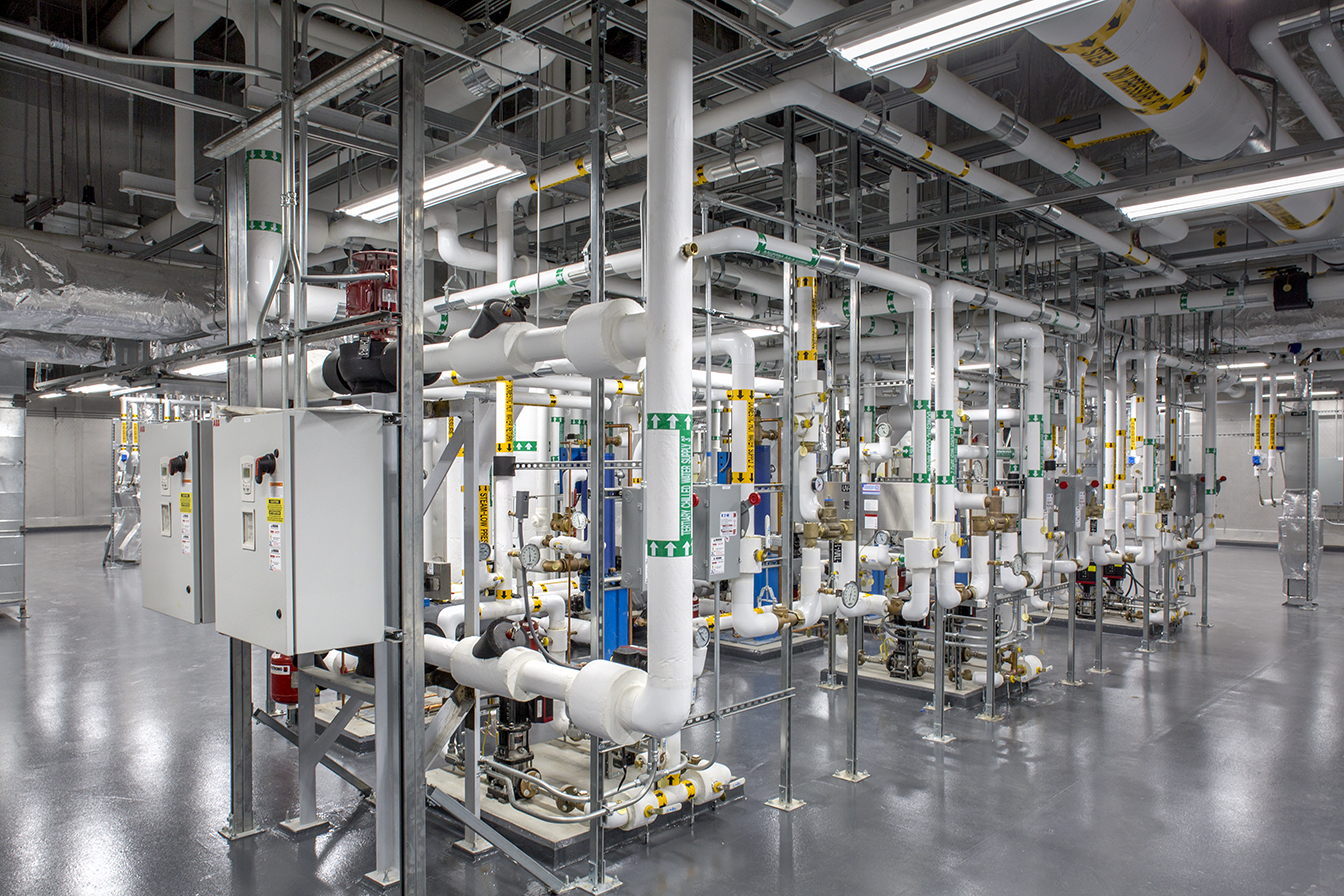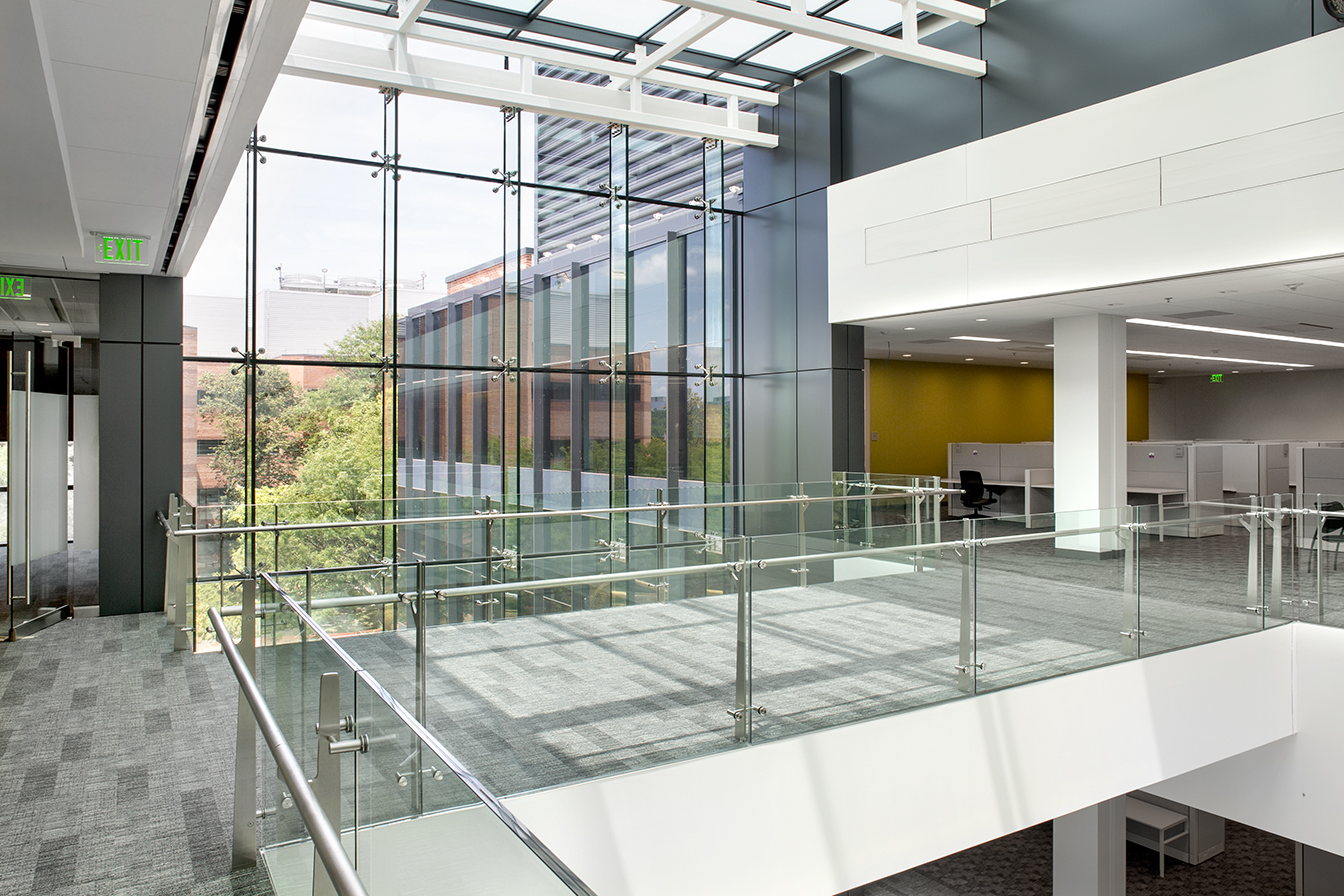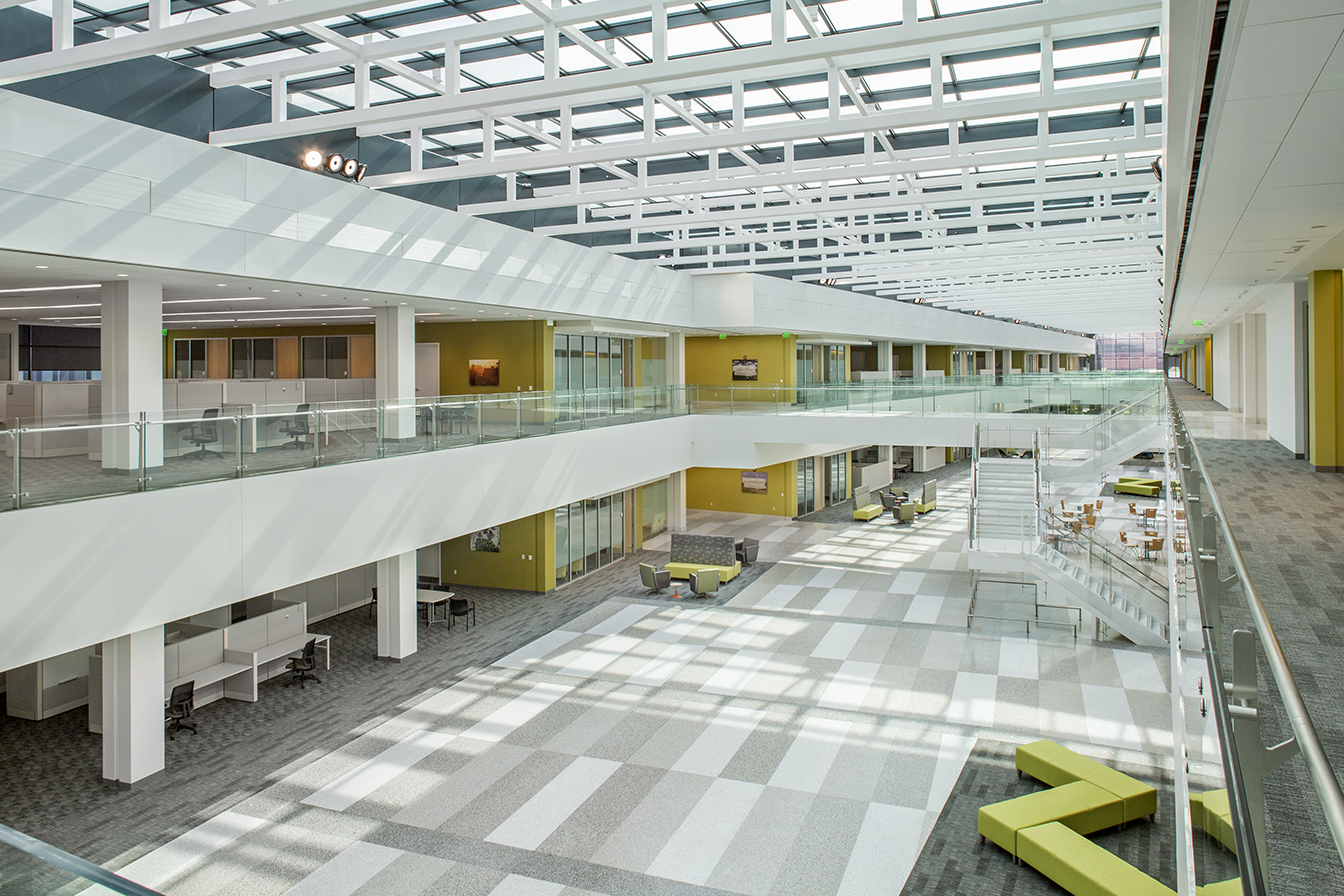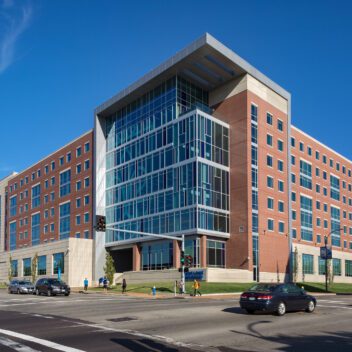Consolidating facilities for global research and development
Market
Buildings
Key Services
Construction
Preconstruction
Self-Perform
Steel Fabrication
Strategic Partnerships
Virtual Design & Construction
Capacity
409,000 SFThe challenge
As a means to consolidate researchers and technology onto one centralized campus, a new global hub for agricultural innovation and research was built on Bayer’s existing campus in Chesterfield, Missouri.
The 409,000 SF, four-story Technology and Research Building included 250 laboratories, 13 Controlled Environment Agriculture (CEA) rooms, library, archives, conference rooms and corporate office space. It featured 14 server rooms, each with a dedicated fan cooling unit and backup power through two UPS systems that ensure continuous data operations in the event of power failure.
The scope included 36 greenhouses and a headhouse, totaling 120,000 SF, and an expansion of an existing electrical substation. The fully automated and conditioned greenhouses that contained lab and office spaces were built over top of a 1,700-car parking garage expansion that remained open for employee use during construction. The adjacent headhouse contained irrigation, fertigation, and controls equipment, as well as seed/soil prep rooms and 12 Conviron growth chambers.
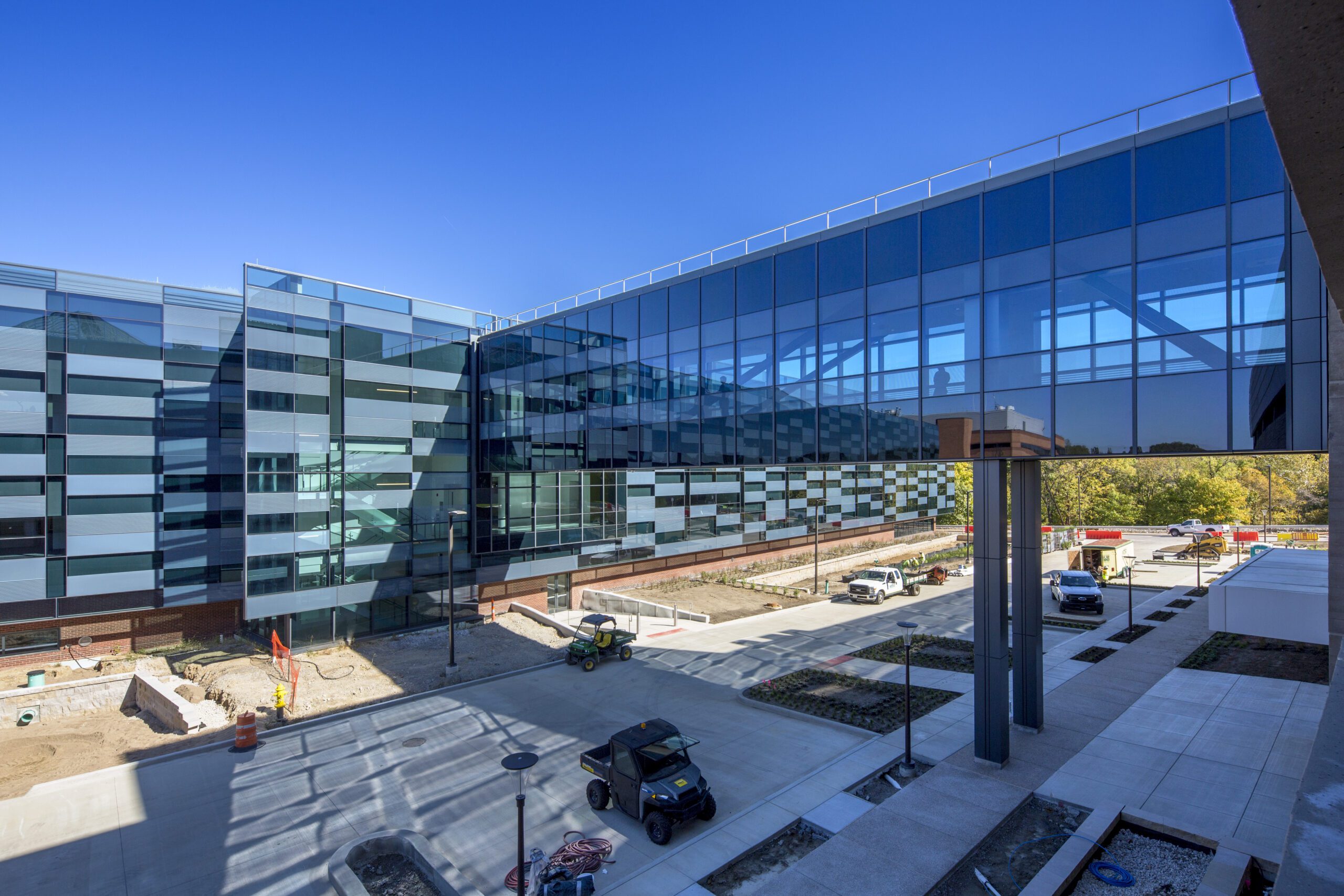
Key Facts
LEED Gold
23% diverse suppliers/trade partners
Energy use reduced 20% below ASHRAE 90.1
21% recycled materials utilized
94% construction-waste recycled
Challenge met
Due to the project’s tight site on an occupied corporate campus, collaboration and communication was crucial to success. The team worked closely with Bayer to minimize noise, dust, and vibrations so that research going on below and adjacent to the construction was unaffected throughout the project duration.
Overall, the new buildings were technically complex due to sophisticated mechanical requirements of the greenhouses, wet laboratories, and specialized technology in the R&D/office building.
Bayer’s new campus stands as a modern beacon for plant science and bolstered St Louis’s notoriety as a research hub in the U.S.
